Moldova
Yes, Moldova. What exactly is a Moldova? Julie and I asked the same question a short while ago when we saw this forgotten former Soviet satellite country on the map tucked away quietly between Romania and Ukraine. It intrigued us which led us to researching it and our curiosity led us to the border crossing at the southern tip of the country. And after two and a half hours passing out of Romania and into Moldova we had arrived.
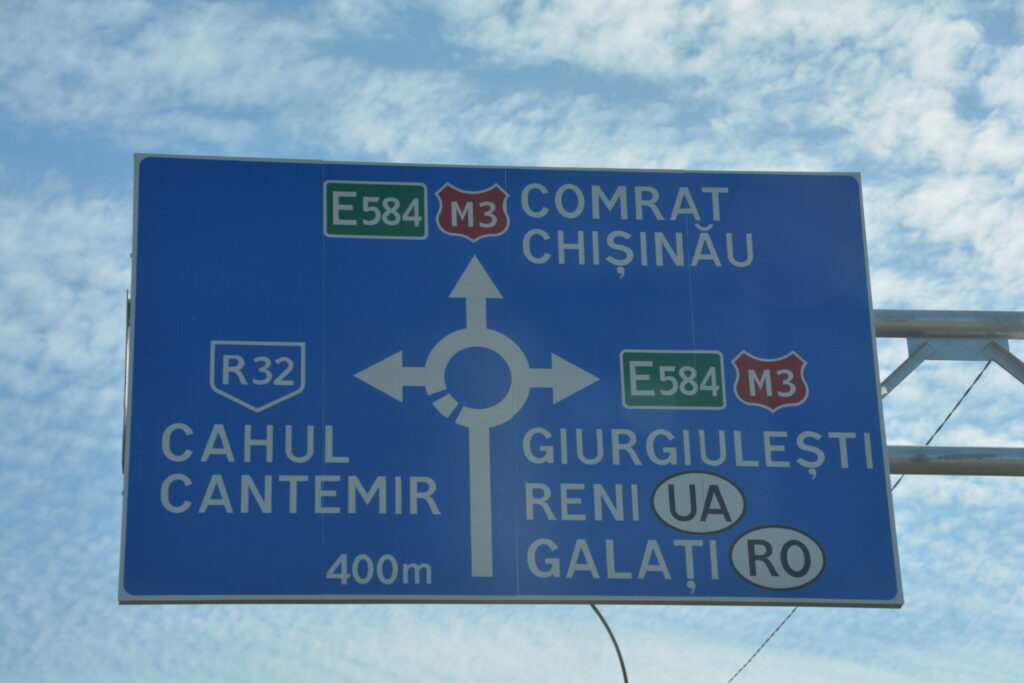
First of all, we were obviously concerned about our safety because of the war that is raging on the other side of the line on the map. And in fact a strip of Moldova that borders Ukraine is deemed to be unstable and unsafe so that was an obvious no-go zone for us. But we mapped out a three day two night plan that would give us a glimpse into this unknown land, and especially it’s capital Chisinau, before returning to Romania. It wasn’t going to be an in-depth experience but it would give us perspective and a feel for the place.
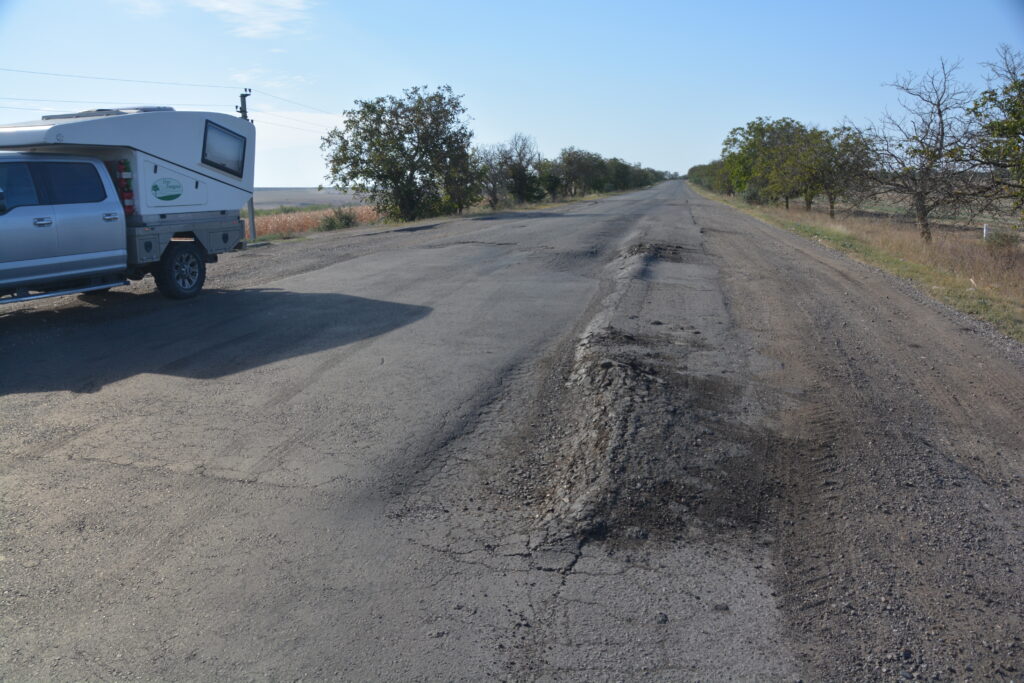
The border crossing between Romania and Moldova was fraught with more hassles, as we’ve come to expect but never enjoy, but after buying outrageously expensive insurance for Tramp we limped across the line just as the sun was drawing a close to the day. As good fortune would have it, we found Lake Beleu on the map only about 20 kilometres away so made our way in that direction, feeling fairly confident we could conjure up some sort of campsite there.
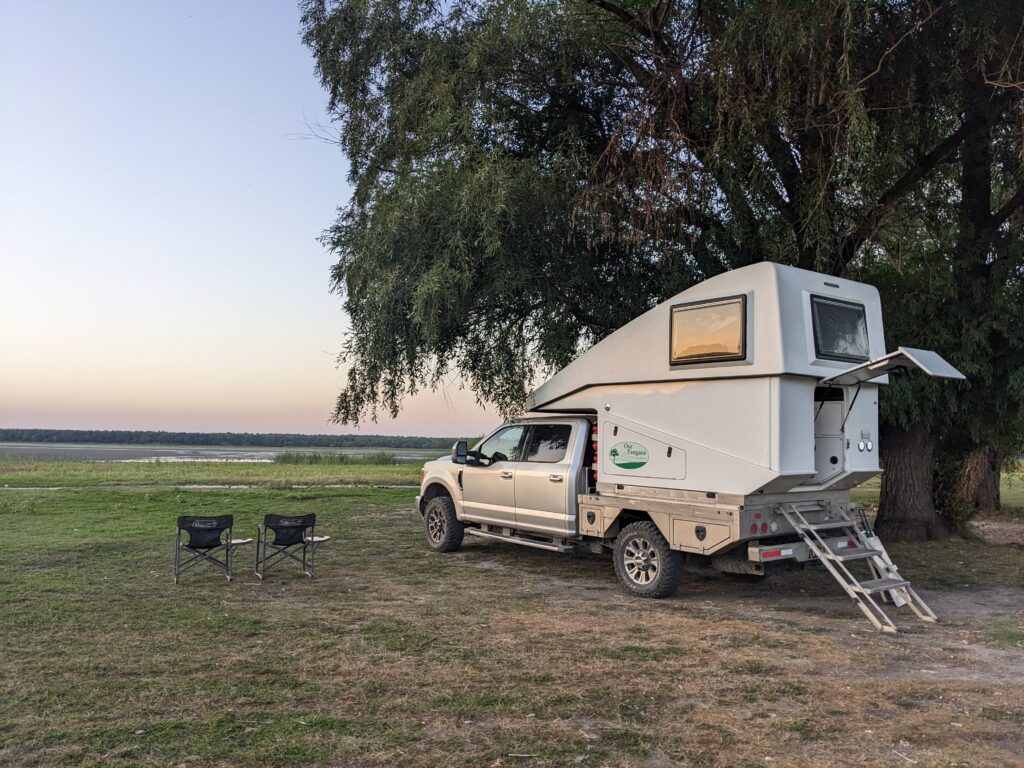
And so we did. Lake Beleu was perfect for our needs and we tucked ourselves behind a tree with views of the lake and the extensive birdlife just before the sunset. I built a fire and we enjoyed a late dinner, pinching ourselves for finding another perfect 10 campsite in an interesting new country.
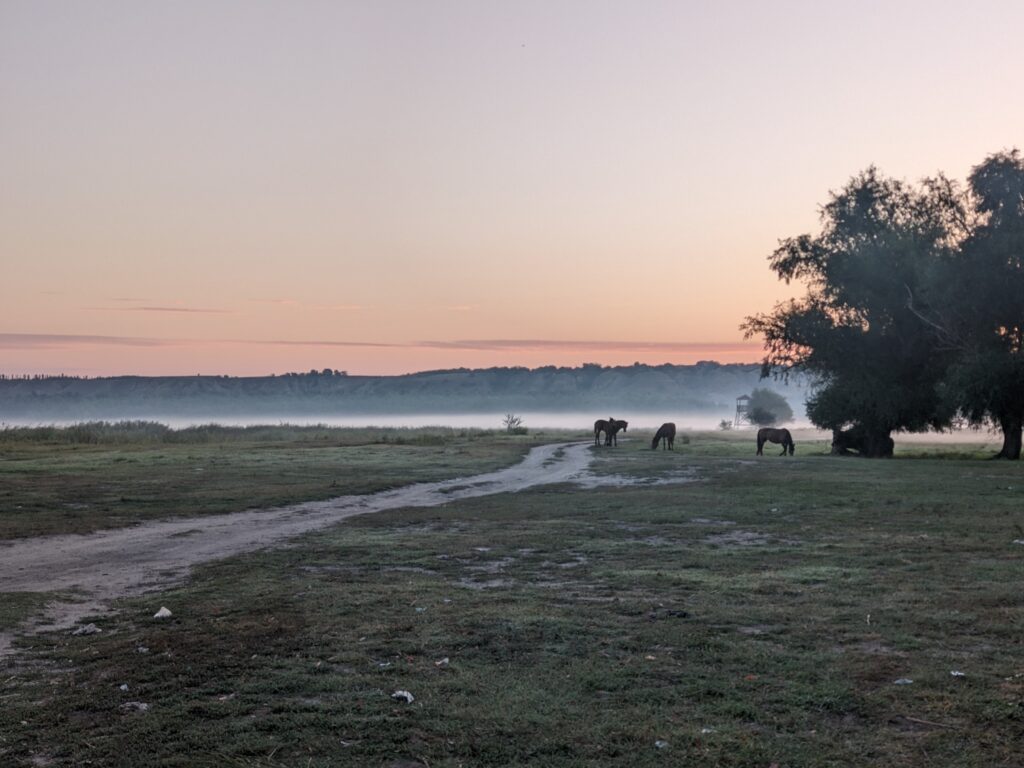
What do we know of Moldova? Well, initially not too much. Ruled by the Ottomans, liberated by the Russians in the 19th century, part of Romania until WWII, Moldova became a satellite country under the USSR and finally achieved it’s full independence in 1991 as part of the Soviet breakup. Ethnically they are Moldovans, their language is Romanian and their struggling economy and tired old buildings are leftovers from their Soviet days. Today their neutrality is constitutionally enshrined but they hope to eventually become a member of the EU. Now you know.
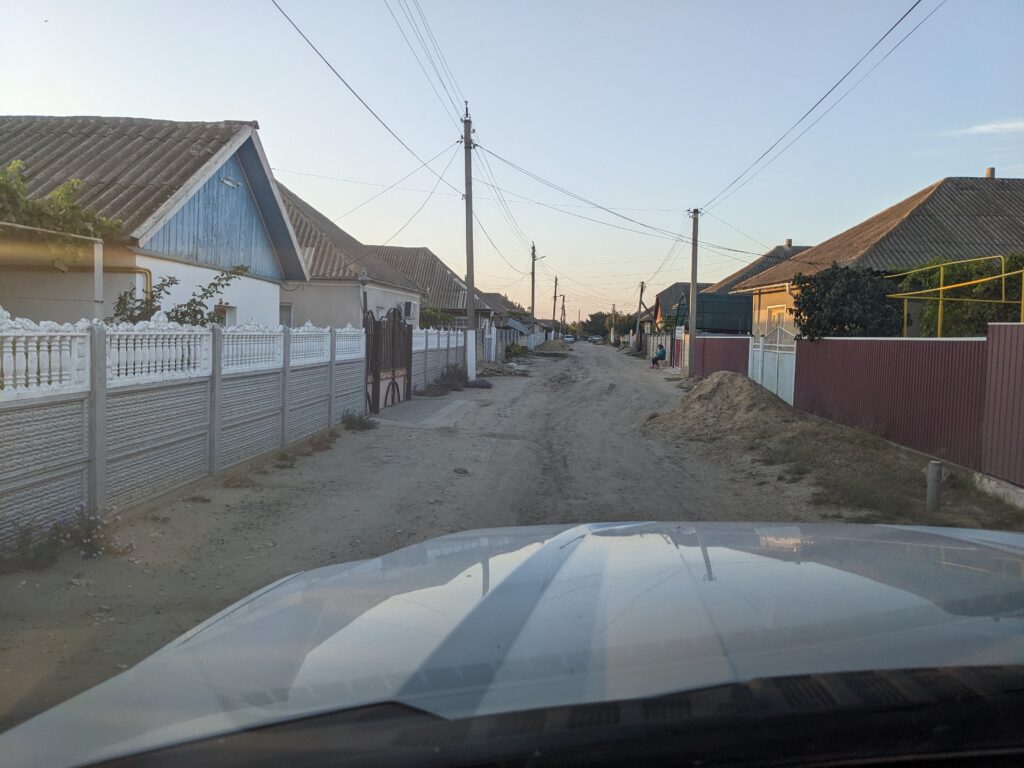
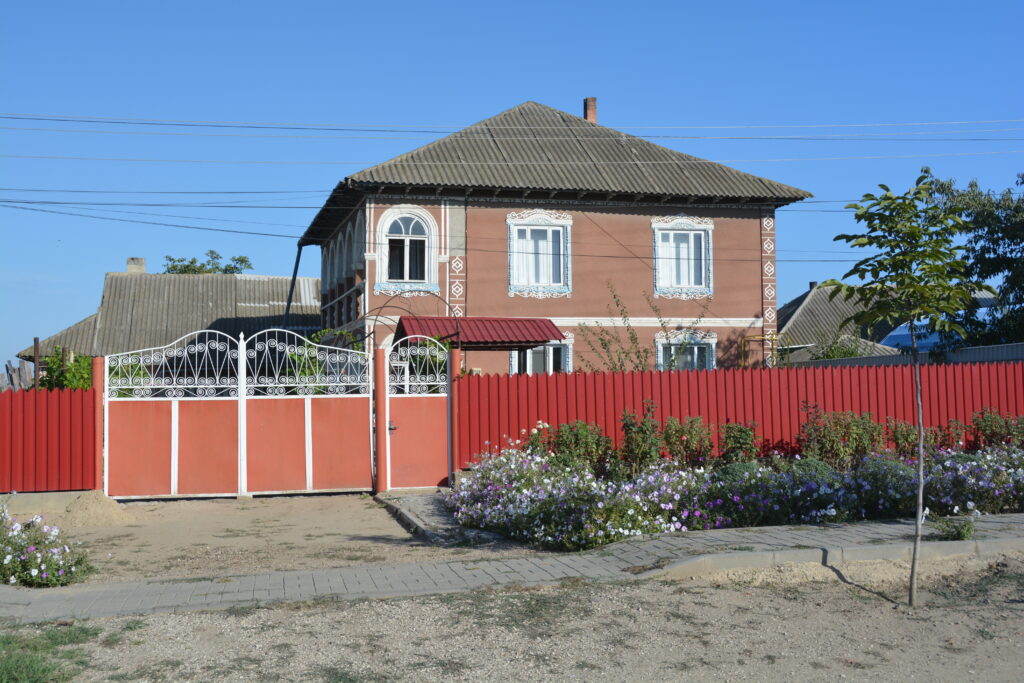
We slowly drove north through the heart of this small country, aiming for the capital Chisinau. This part of Moldova was almost exclusively rural with the small communities relying mainly on hay, corn and sunflowers.
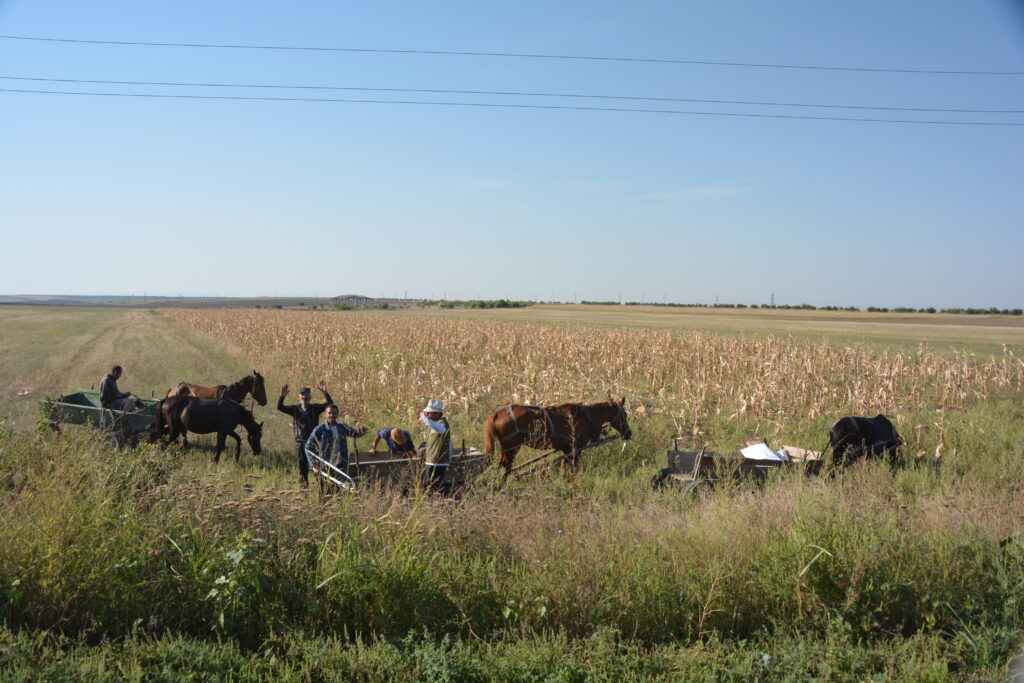
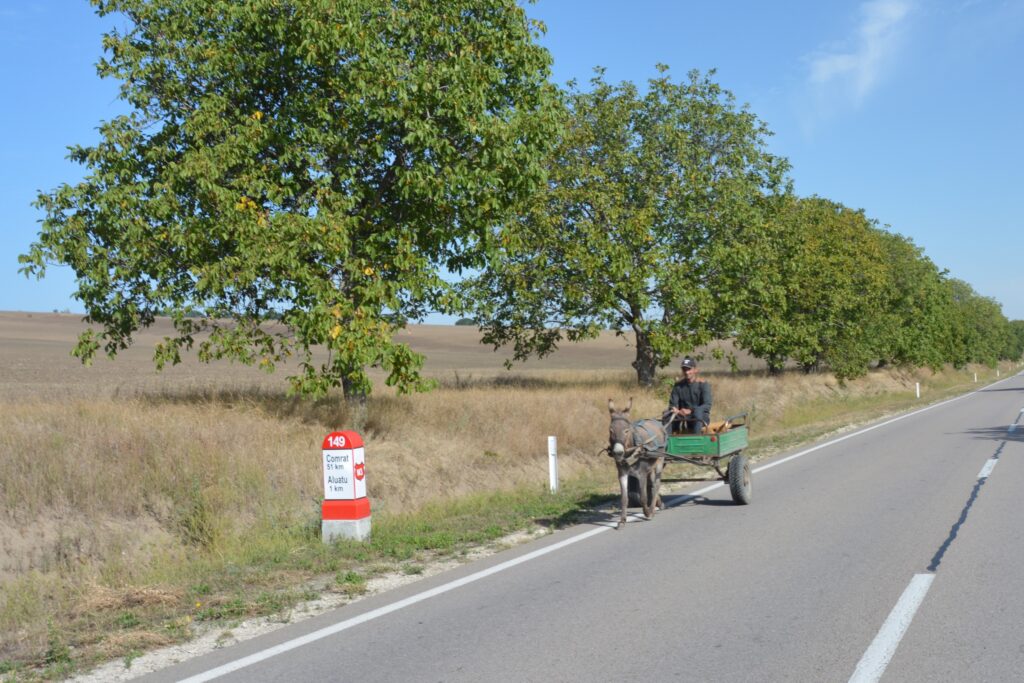
But we also started to see a lot of vineyards and Dr. Google told us the Moldovans started making wine over 3,000 years ago. Moldovan wine, who knew? And the vineyards were extensive, blanketing the rolling hills in some areas with visitor facilities in some of them. Later at a supermarket we had to buy a bottle to see what all the fuss is about (all part of our extensive research program).
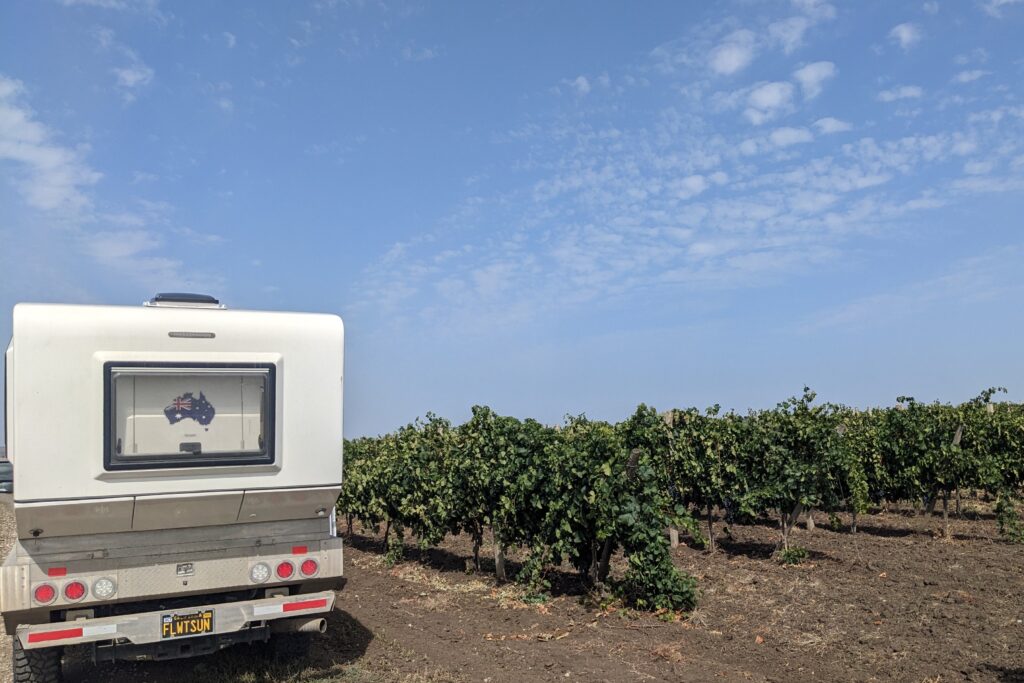
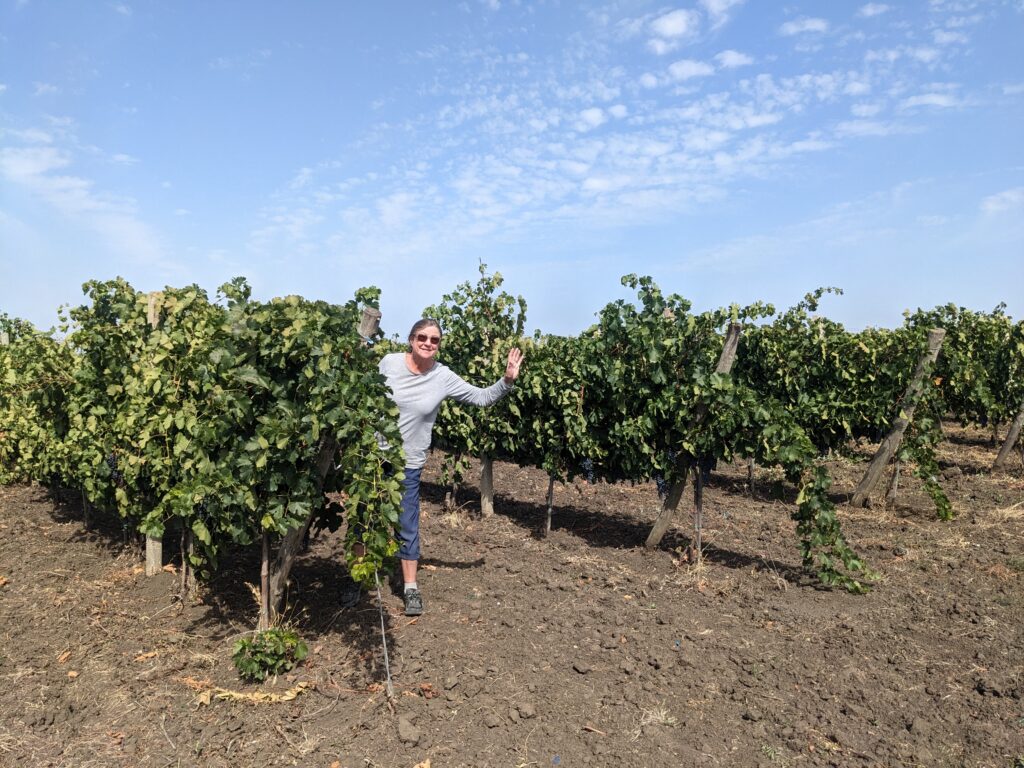
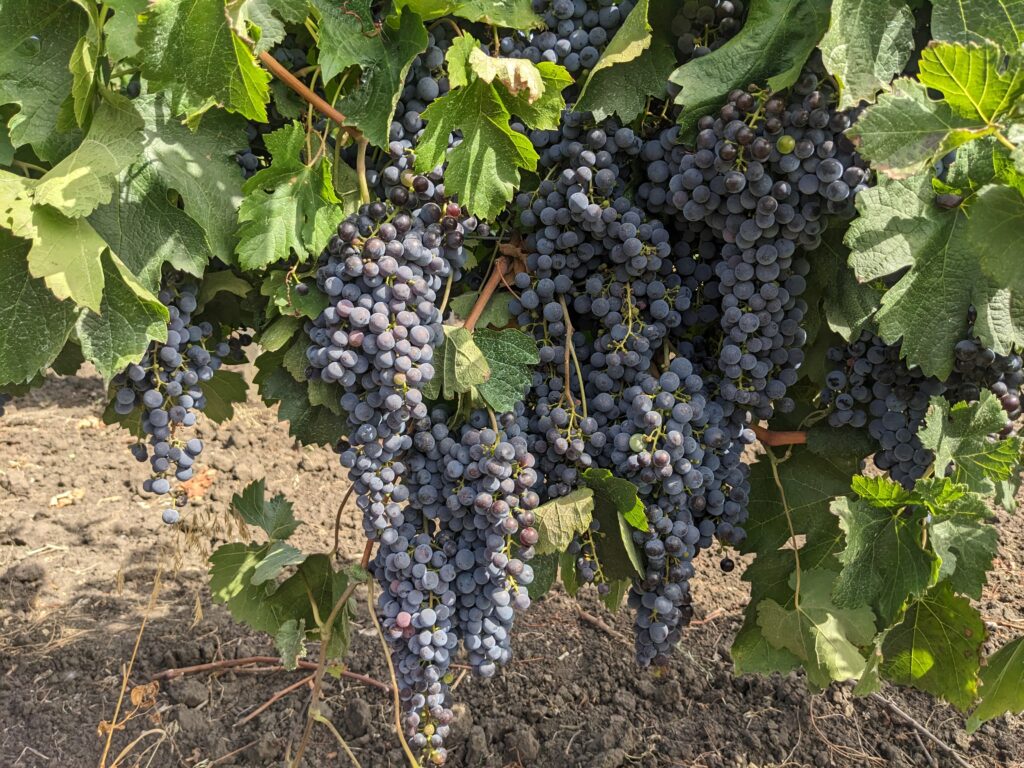
Generally the houses and villages were a bit rundown and worse off than what we had seen recently in other countries other than perhaps Armenia and Georgia. The harvest season was reaching it’s end and we saw many large tractors harvesting sunflowers, corn or grapes, as we’ve seen in neighbouring countries. And this was the first week back at school after the summer holidays so kids of all ages were on their way to school or in the school yards, catching up with friends and getting back into the grind.
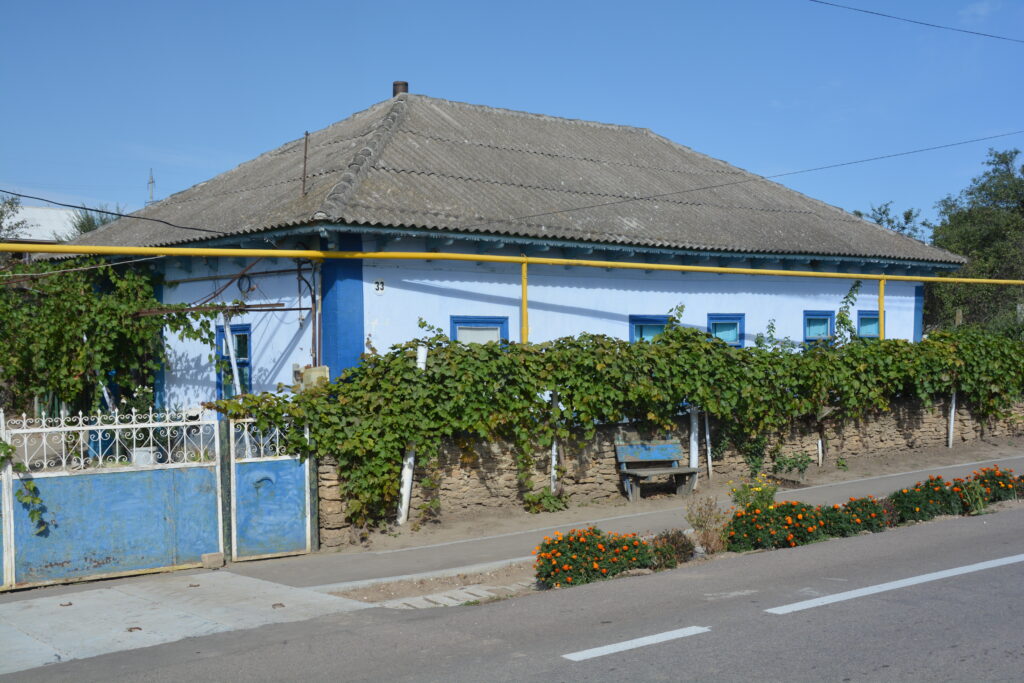
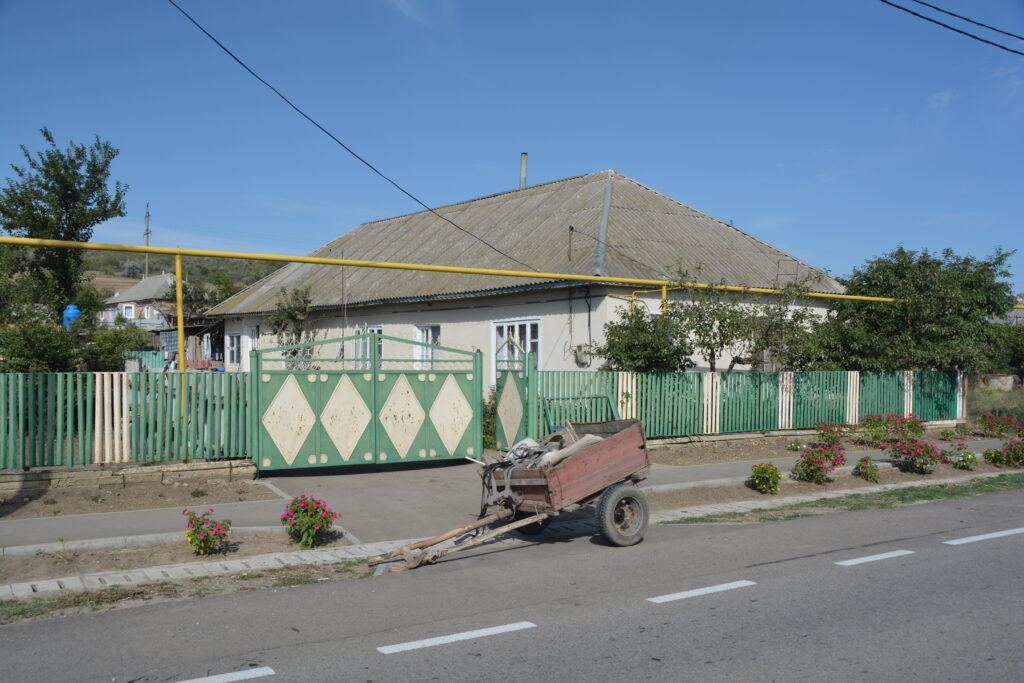
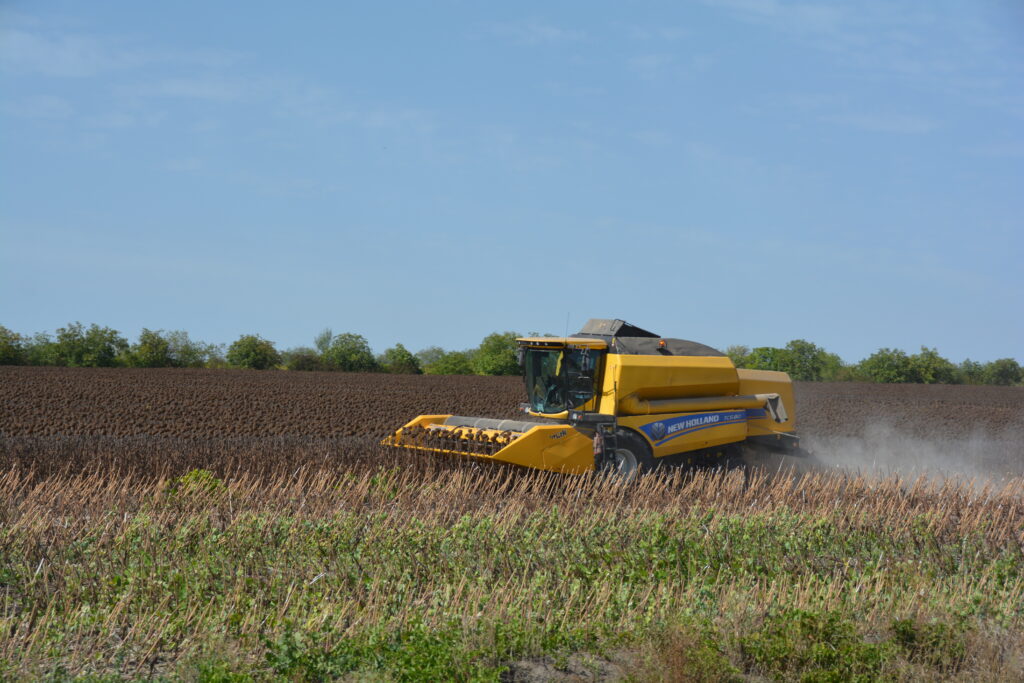
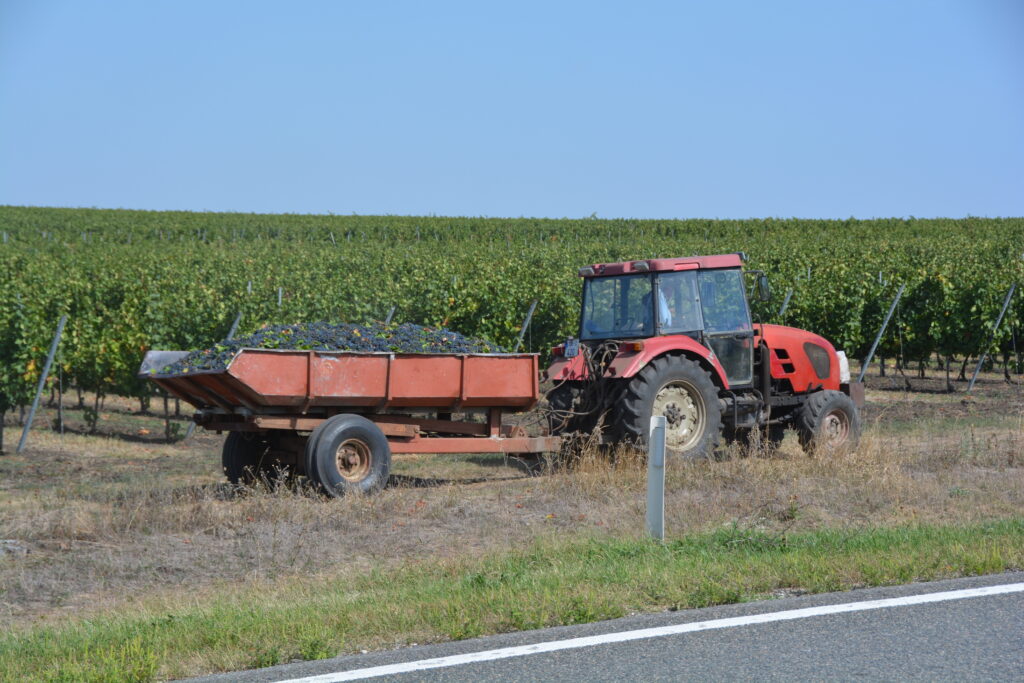
Moldova’s relationship with Russia is complex, that’s for sure, but it was curious to pass through a few towns and see almost all the signs in Russian rather than Romanian (Moldovans claim to have their own language but it is essentially the same as Romanian). While very few people identify as Russian many of them grew up in the Russian era between 1945 and 1991 and some communities still cling to the language and customs of that era.
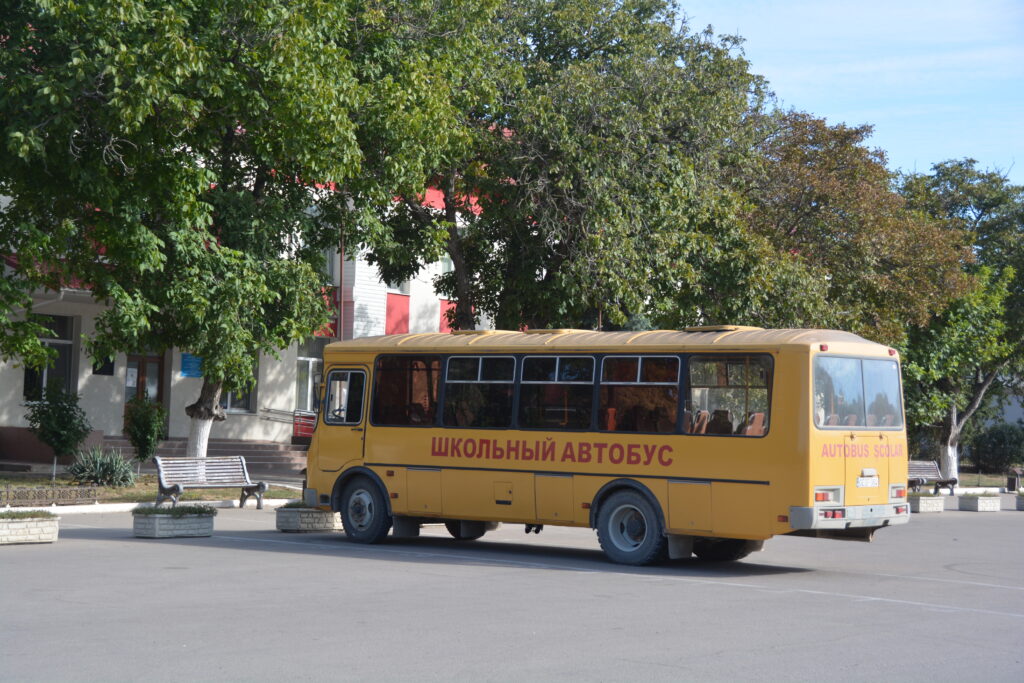
We finally made it to Chisinau, a city of 500,000 people, and found a vibrant and active city with a modern bustling feel to it. The city was heavily bombed in WWII and most of the buildings today are from the drab colourless Soviet era but there are many modern structures mixed in.
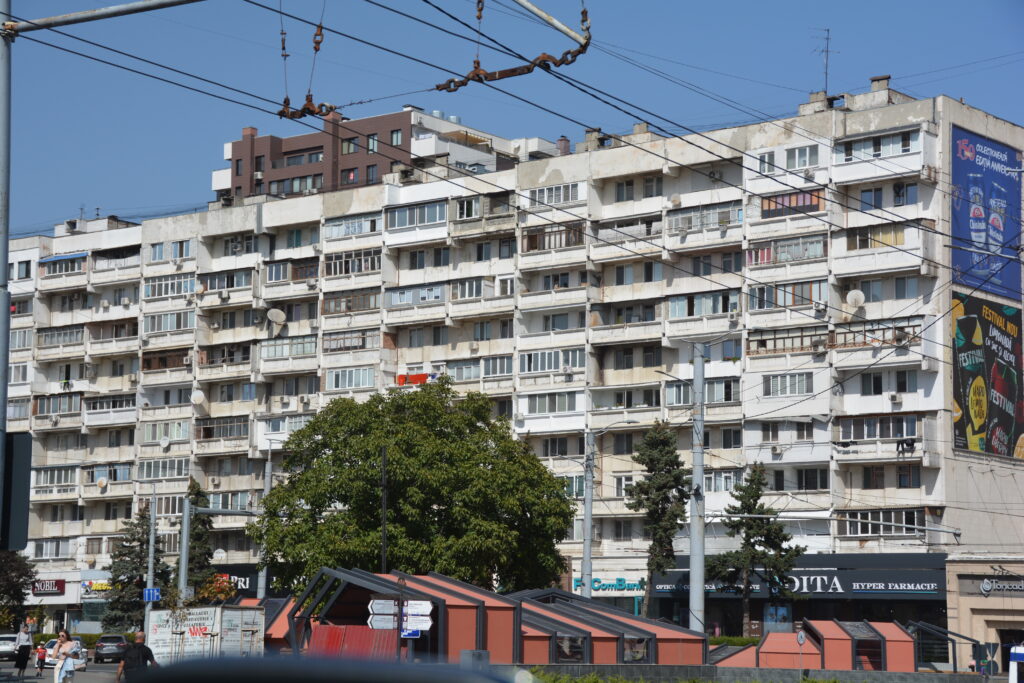
And true, there weren’t many sights on the tourist agenda here, a cathedral, a park, a statue and a Triumphant Arch celebrating the Russians driving out the Turks but we felt the bigger triumph was finding a parking spot. This town has some serious parking issues.
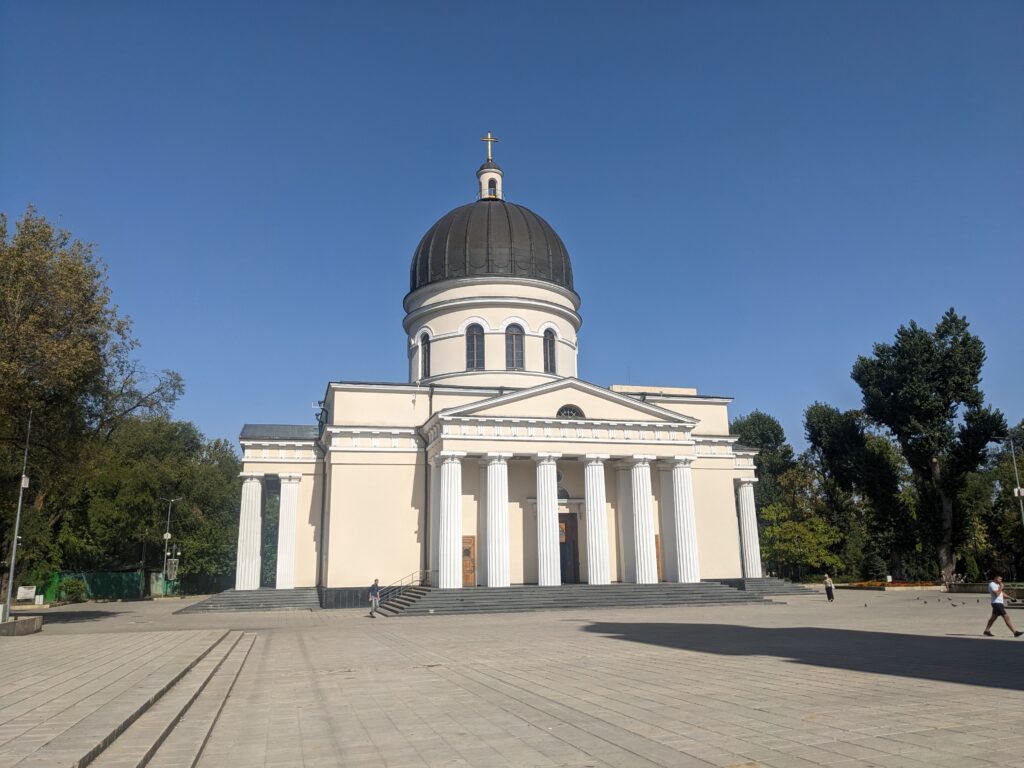
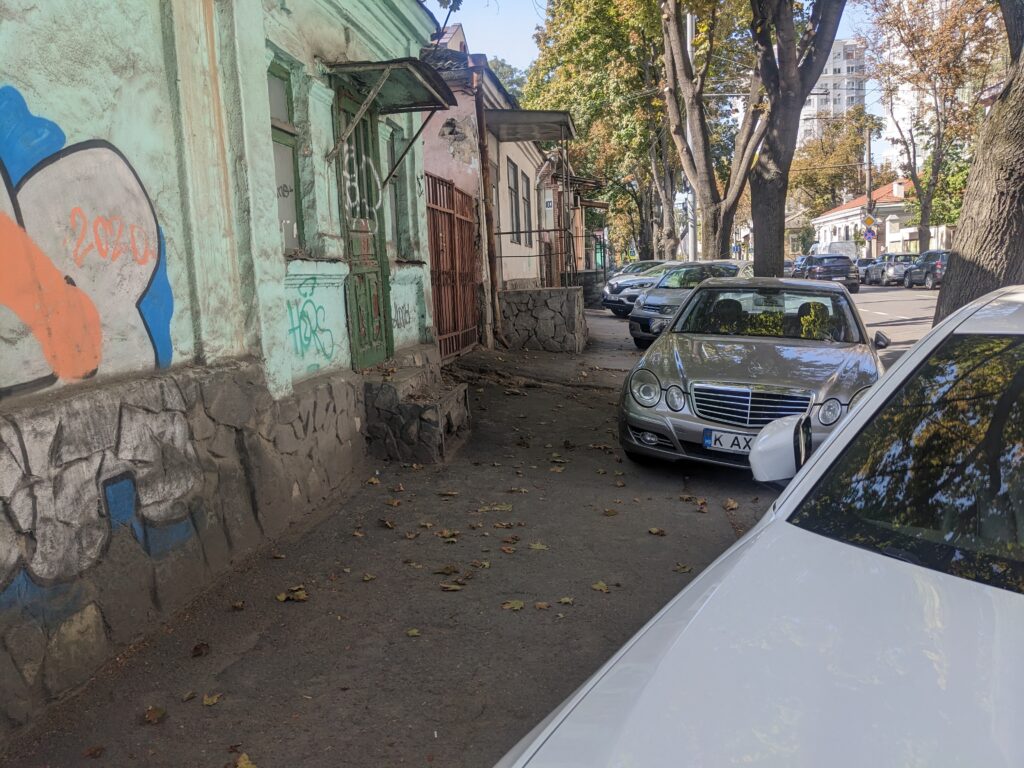
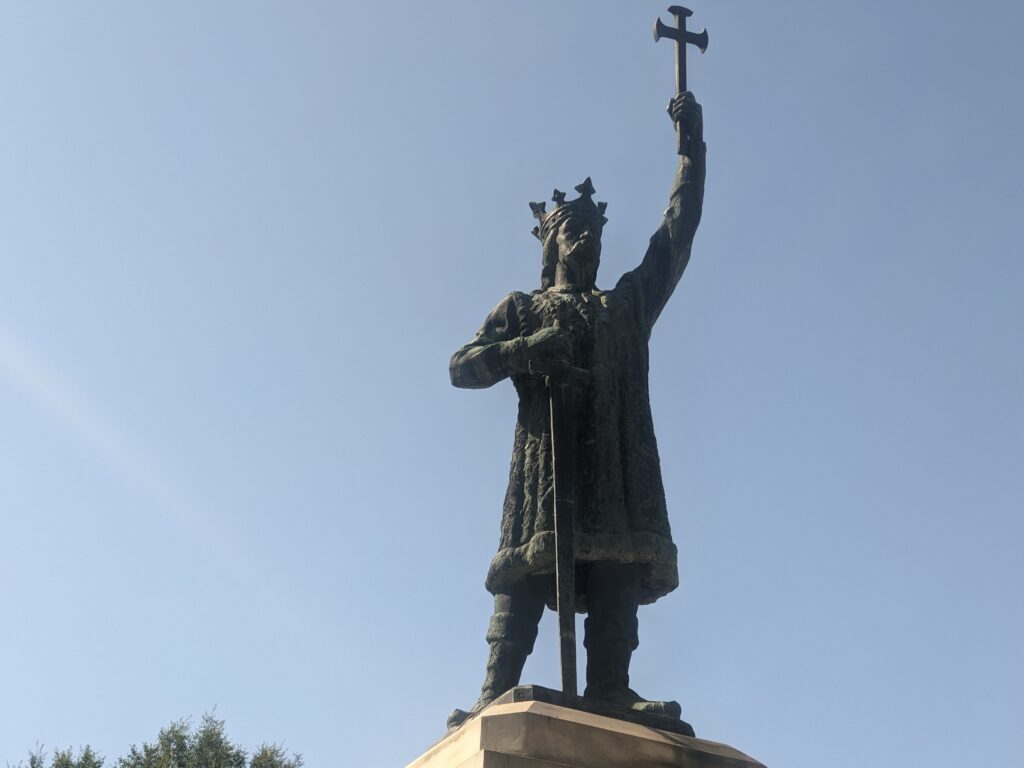
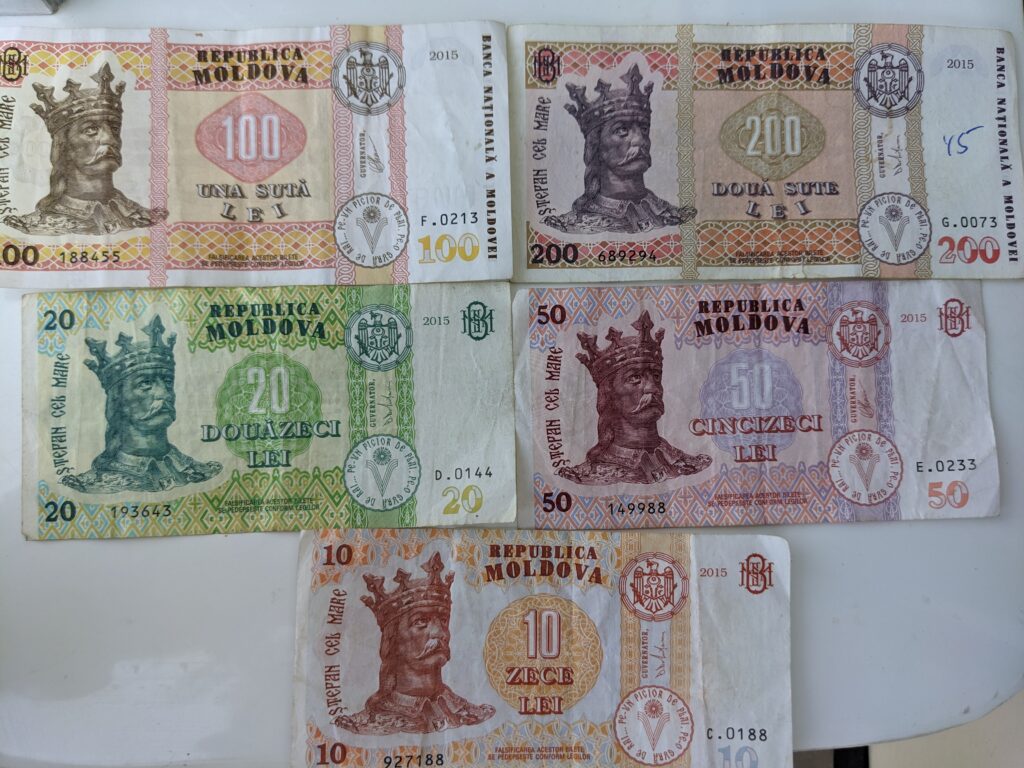
After a few hours in Chisinau, which doesn’t sound like much until you’ve been there, we headed northwestward out of town and camped that night at a spot near the highest point in the country (which is only 430 metres, about 1400 feet) at a pleasant but under-used campground with superb views over the valley. Unfortunately there’s not much of a market in Moldova for visitors – we didn’t see a single other foreign traveller during our visit. The war next door will do that.
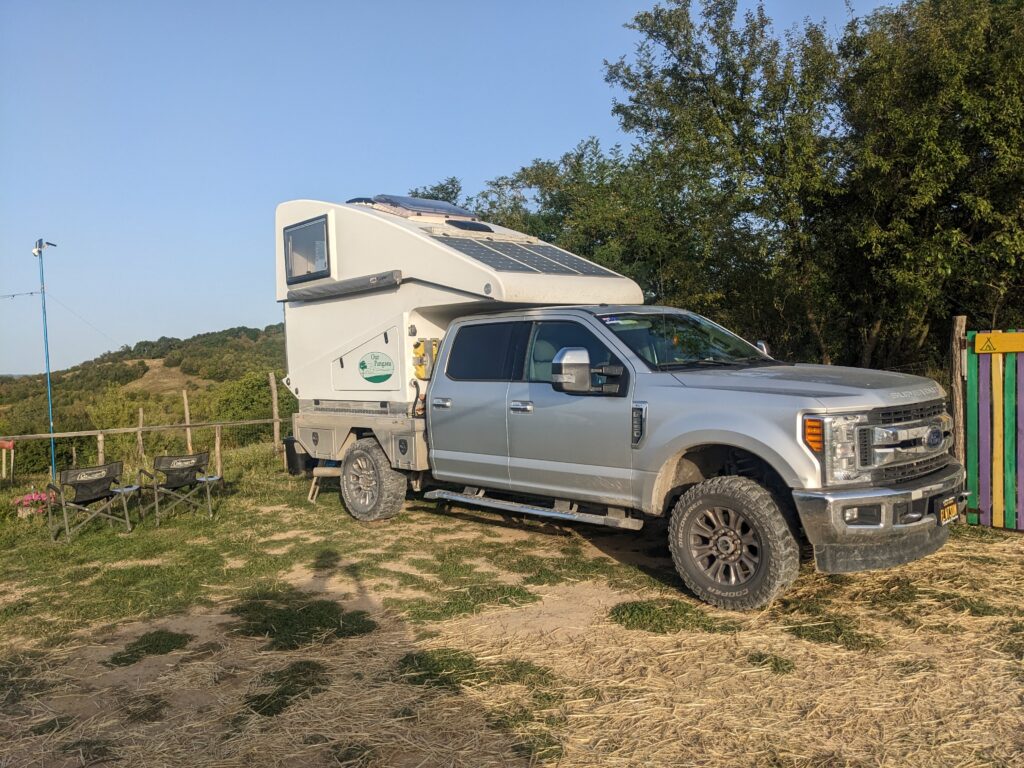
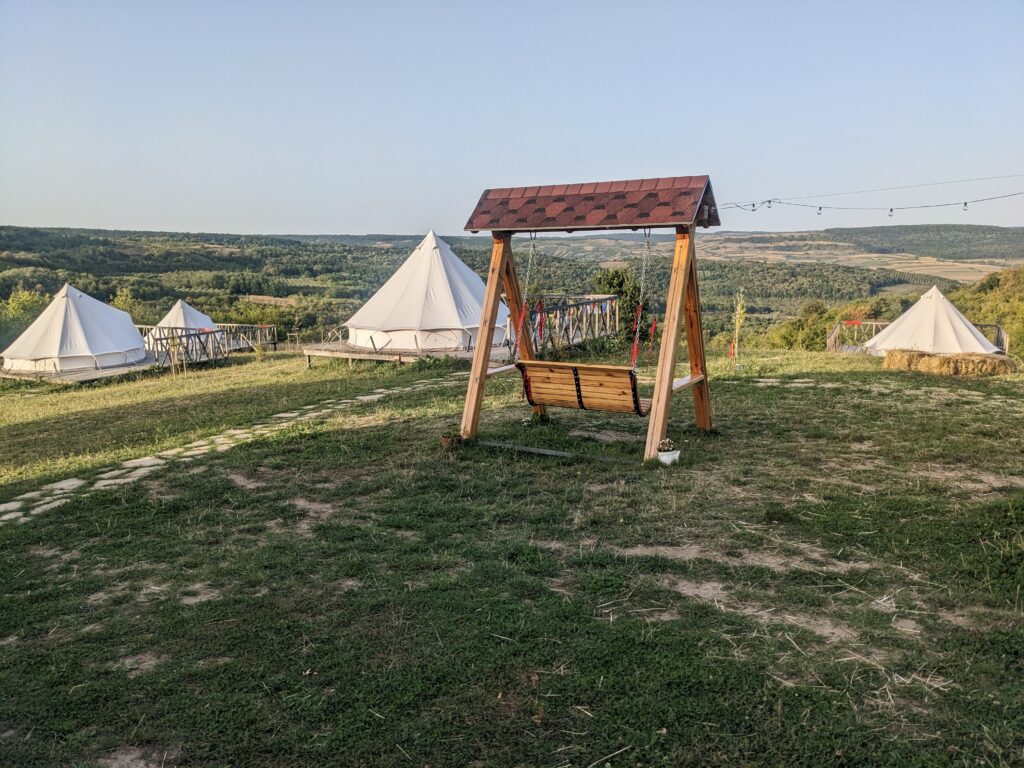
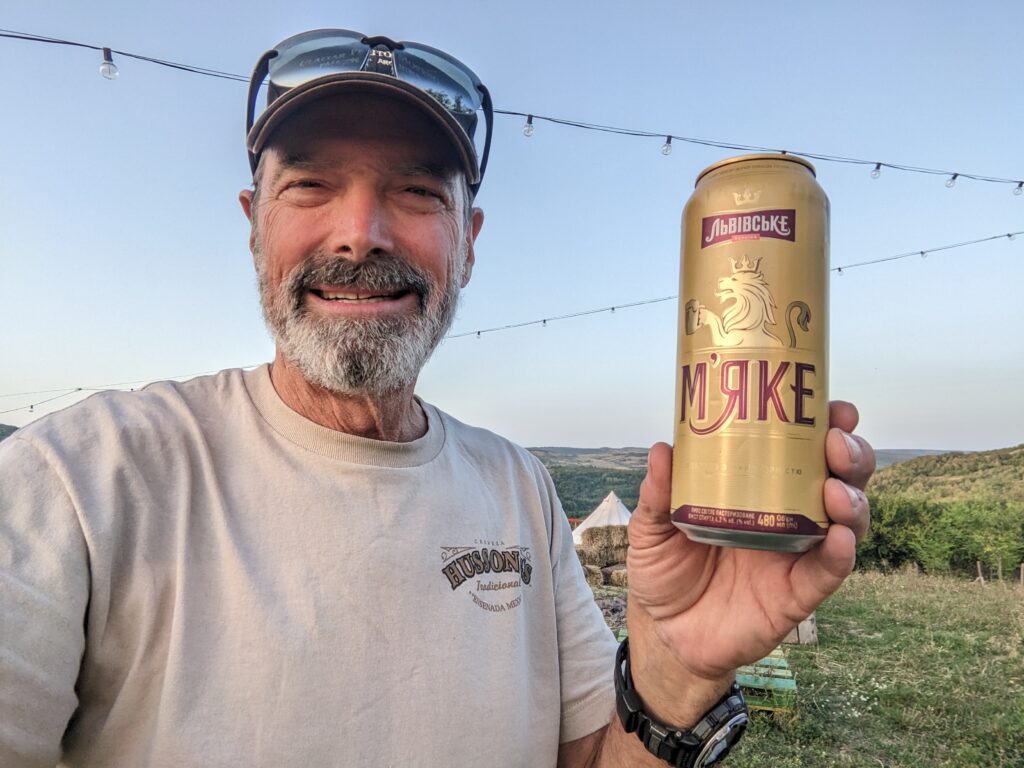
We are currently on a mission to get back to the UK by the end of the month so we can ship Tramp to the US. Because of this schedule we have to be counting our days a little more closely than usual and we felt that we could only afford two nights in Moldova before crossing back into Romania and heading westward.
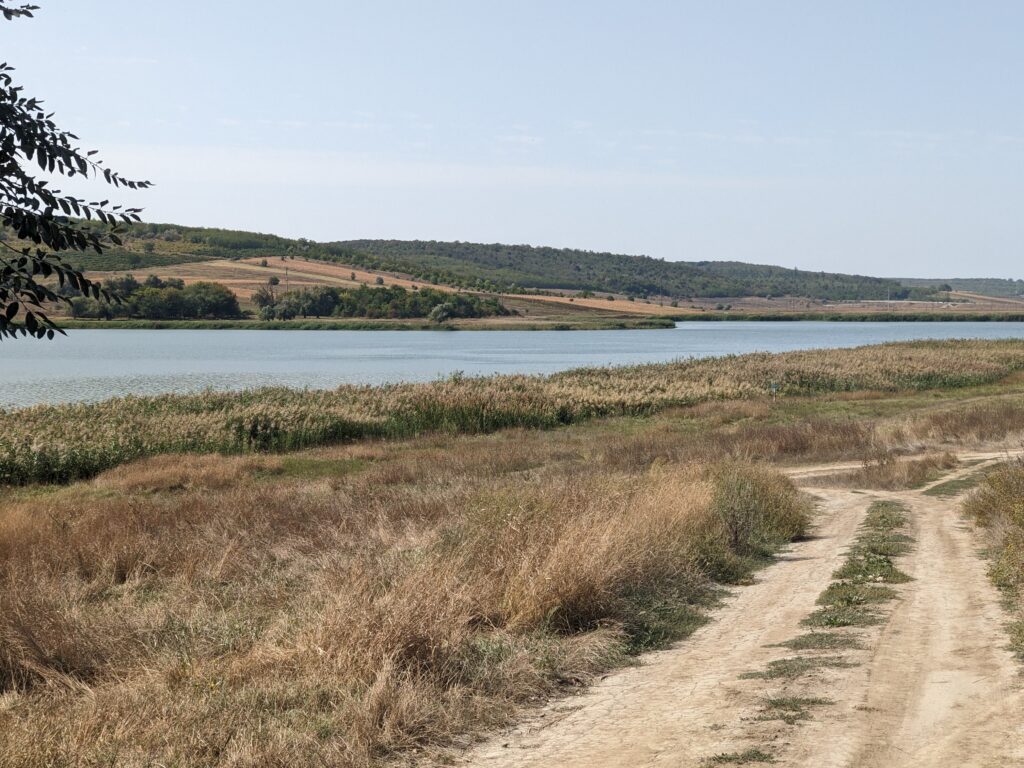
We had unexpectedly found that Moldova was quite a compelling place to explore and we had grown very fond of it in only two days. I recall that within 45 minutes of crossing into Moldova two people had befriended us and given us their phone number in case we needed any help. That’s in a country with many challenges and most people doing it tough. People wave at us and smile as we pass, they chat to us in the markets and – of course – take photos of us and Tramp. We liked them.
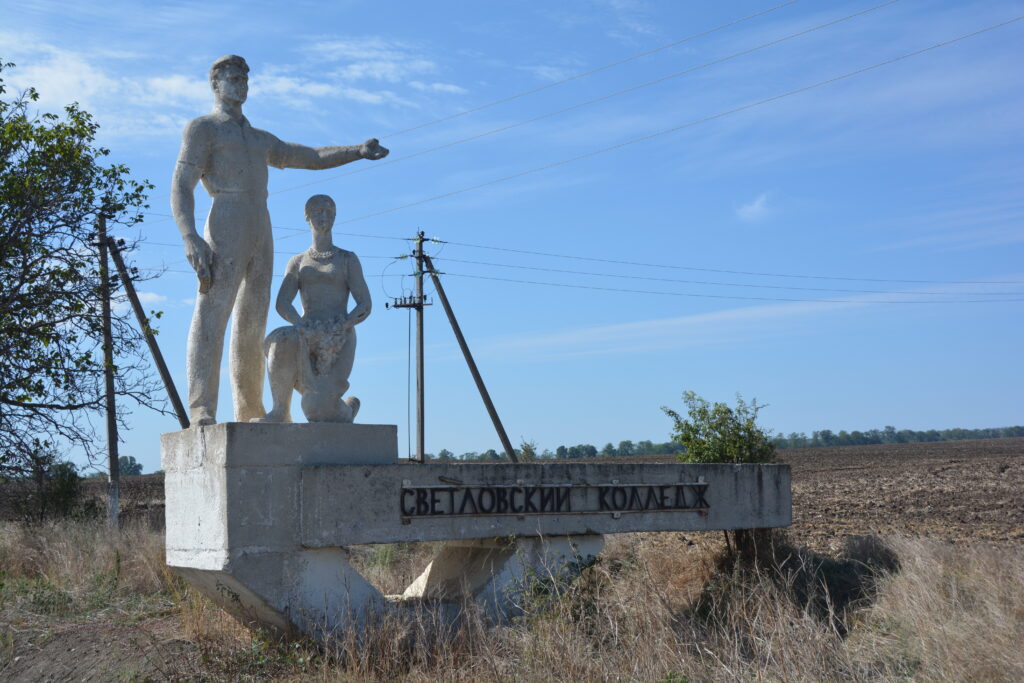
We also liked the very light traffic on the roads, mainly because most people don’t own cars, the wonderful horse and carts that are around every corner, and the water wells that were in the small villages and used for extracting water for their homes. To live in 2023 in Europe without running water is not right. Moldova, you have many challenges ahead of you but we give you a huge thumbs up!
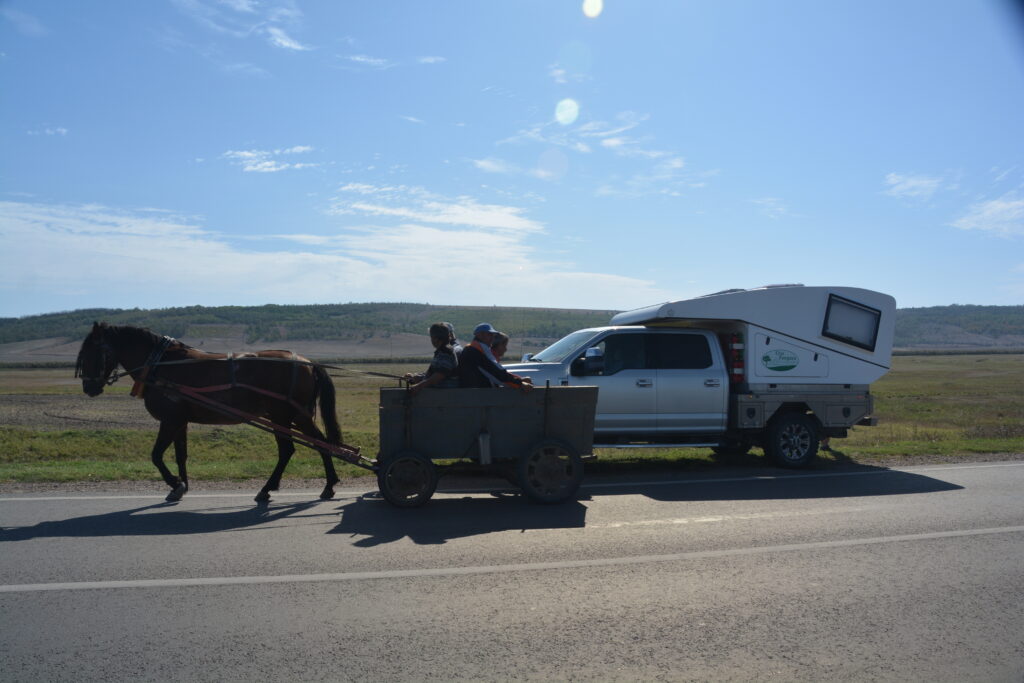
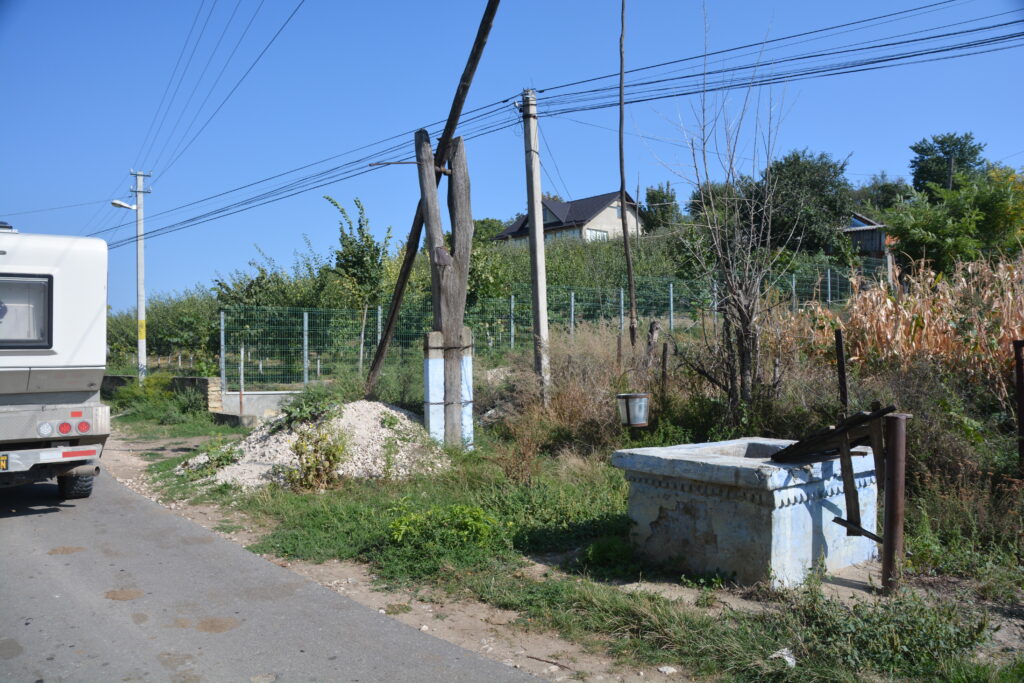
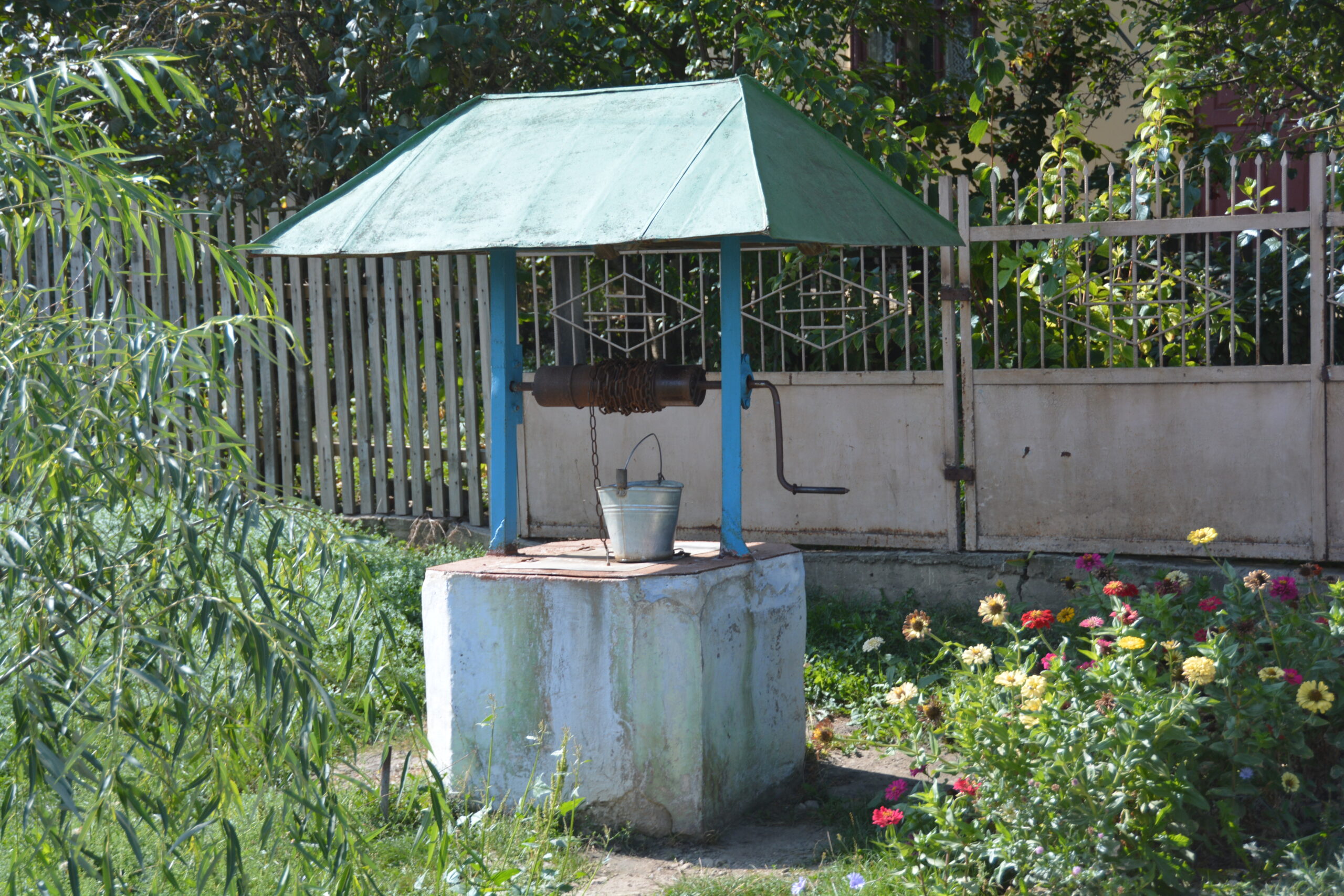
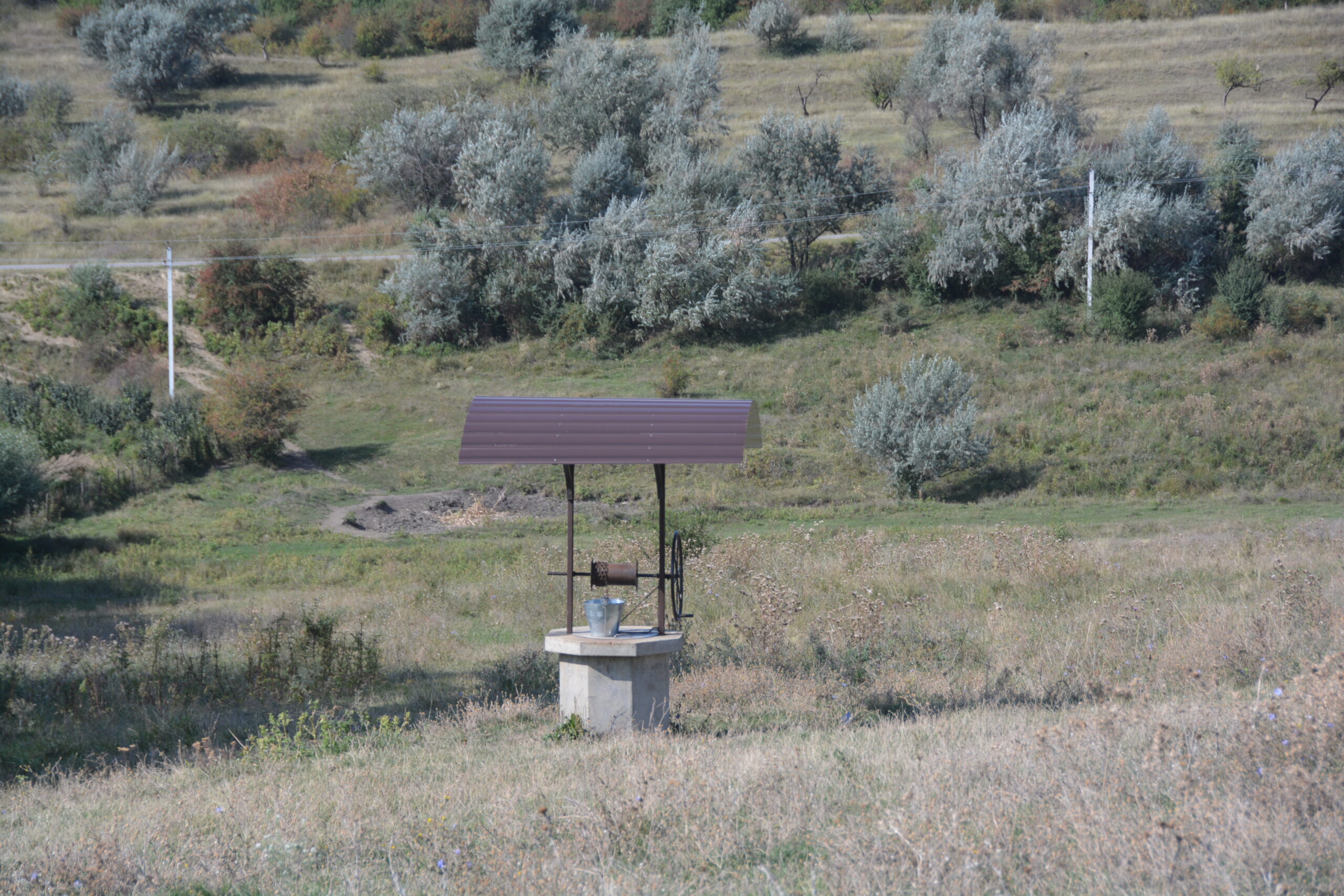
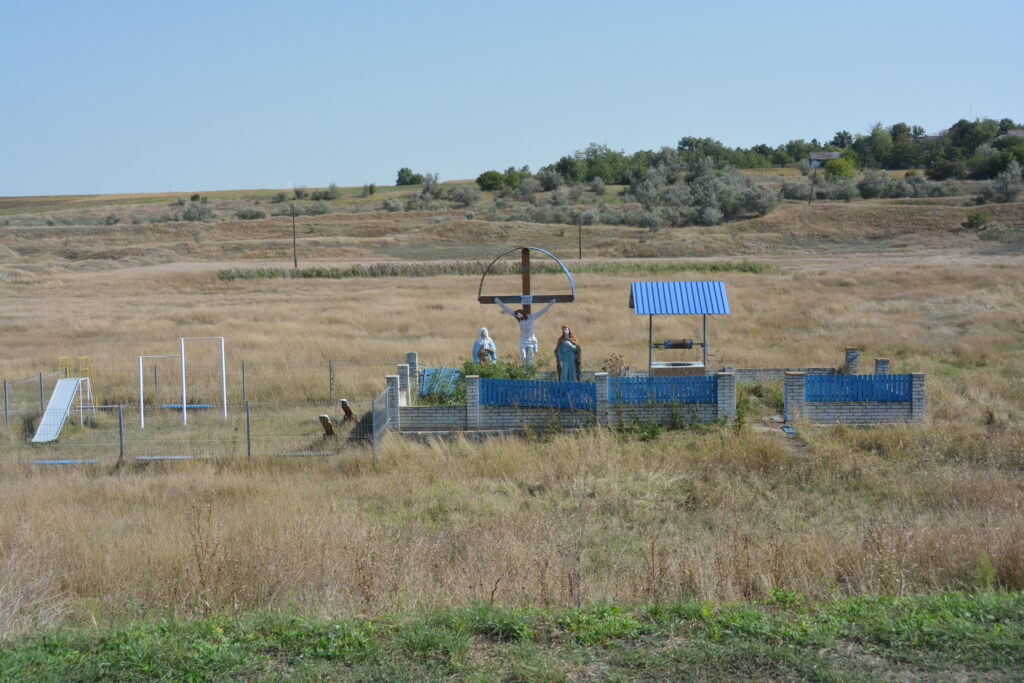
So it was a bit sad to drive the last hour through more beautiful rolling farmland to the border with Romania. The whole border process took only about an hour, which is relatively quick for us given we were re-entering the EU, and headed off across northern Romania.
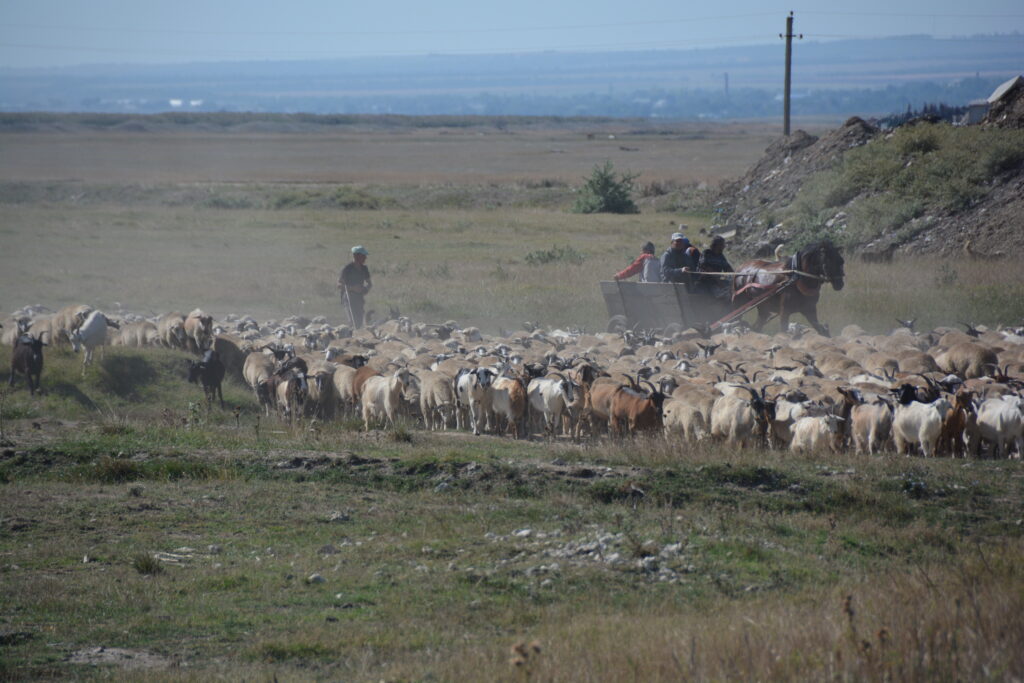
Our target for the afternoon was Voronet Monastery, a UNESCO World Heritage site and one of the absolute gems of the Eastern European Monastery Tour. It was built by Stephen the Great in 1488 (yes, that Stephen the Great) and is known as the Sistine Chapel of the East for it’s vivid wall to wall frescos. The paintings mostly feature an intense shade of blue which made the pictures of endless saints and other scenes really stand out. No photos were allowed inside but by now you’ve probably got the idea.
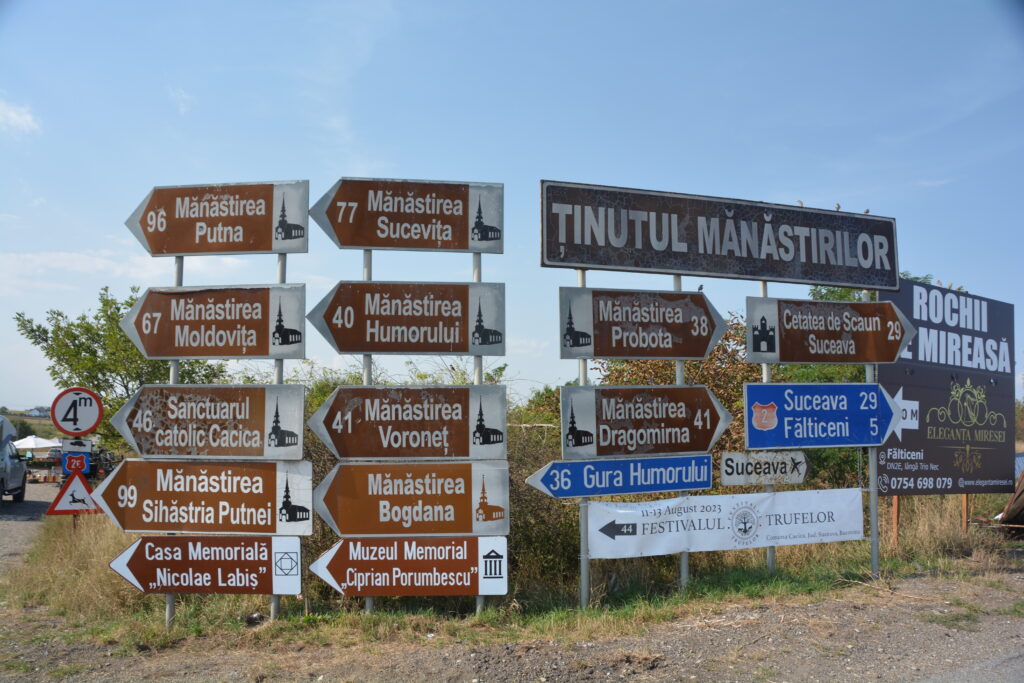
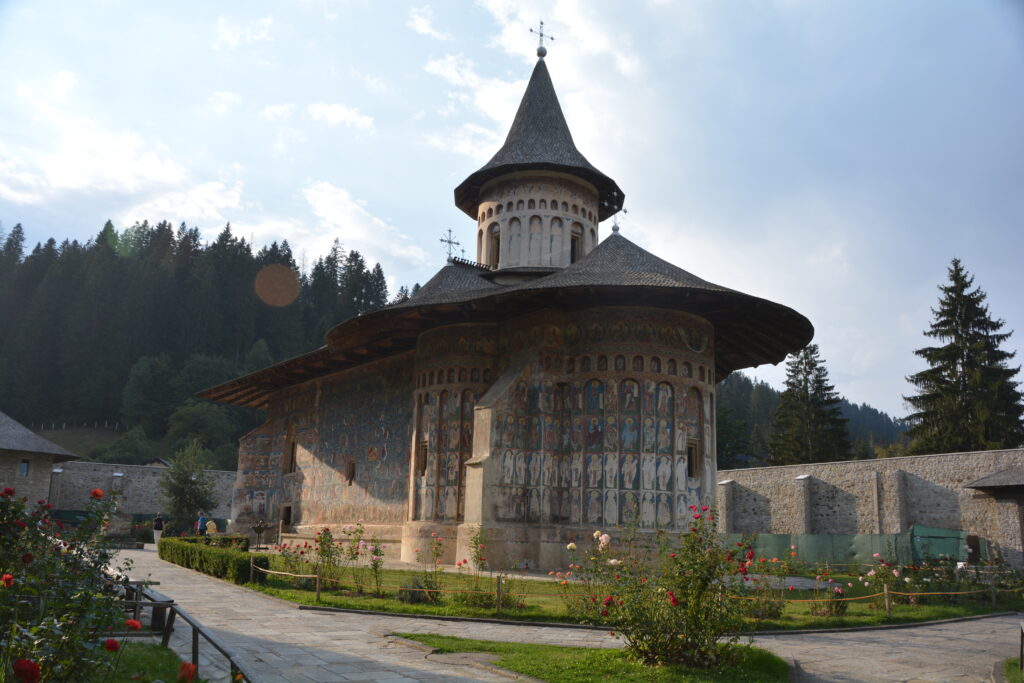
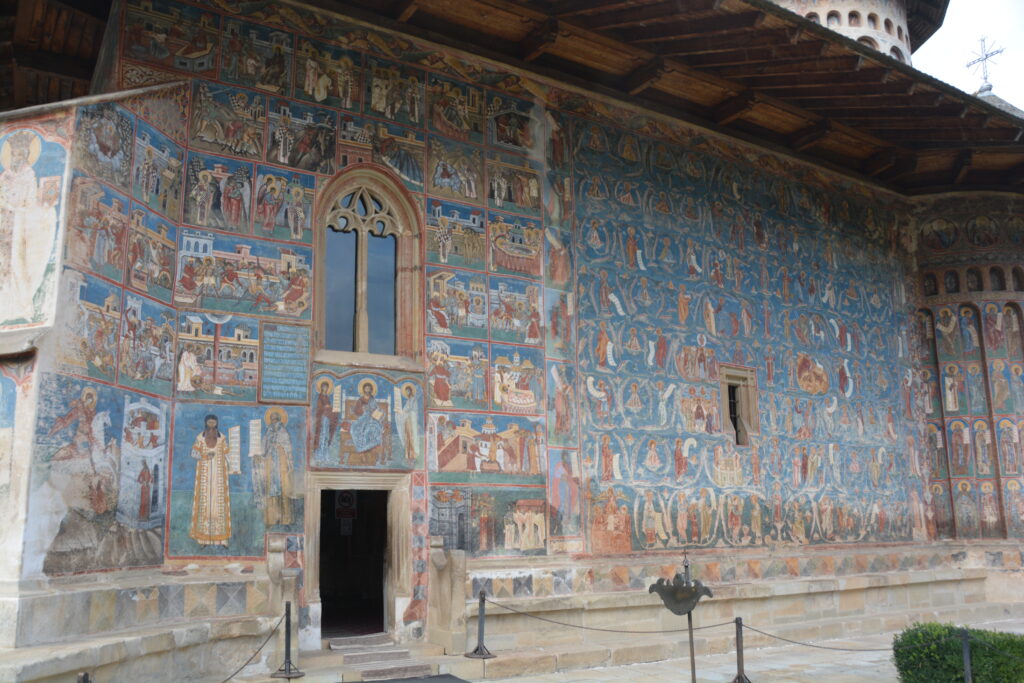
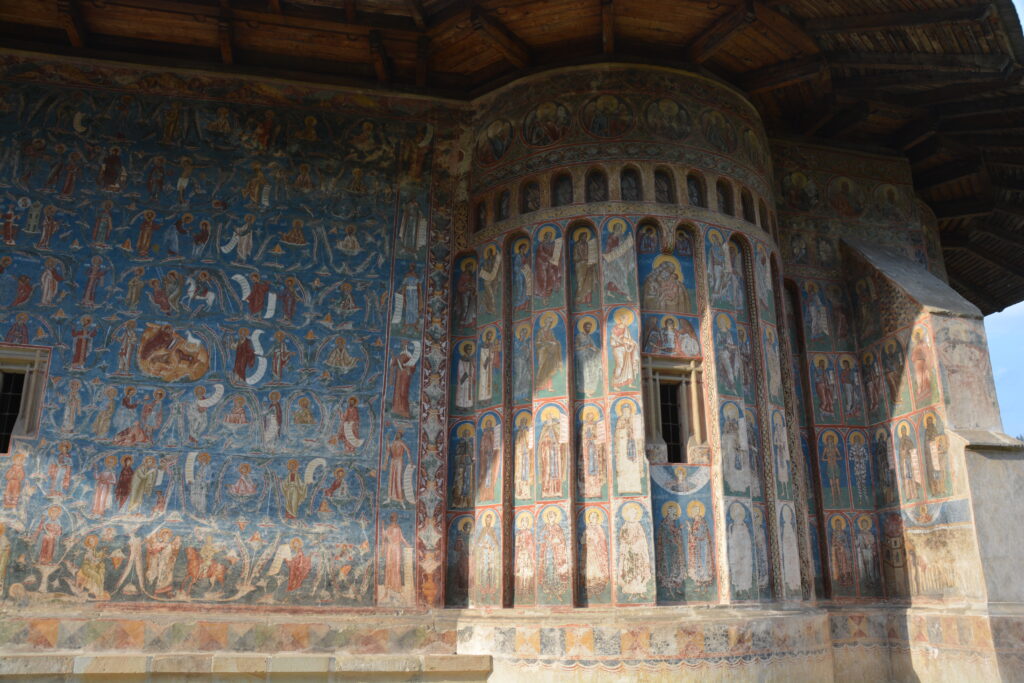
We camped up the valley a few kilometres just off a logging track and behind a little hut. A few grazing cattle got closer than we felt necessary but otherwise we had a quiet night to ourselves.
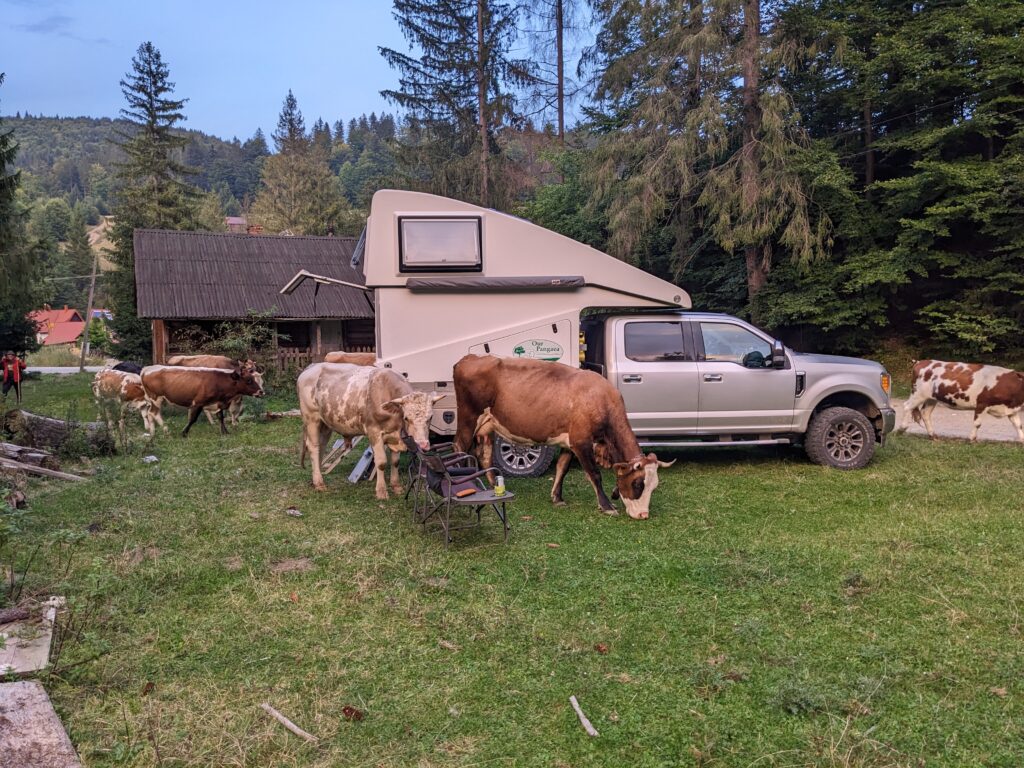
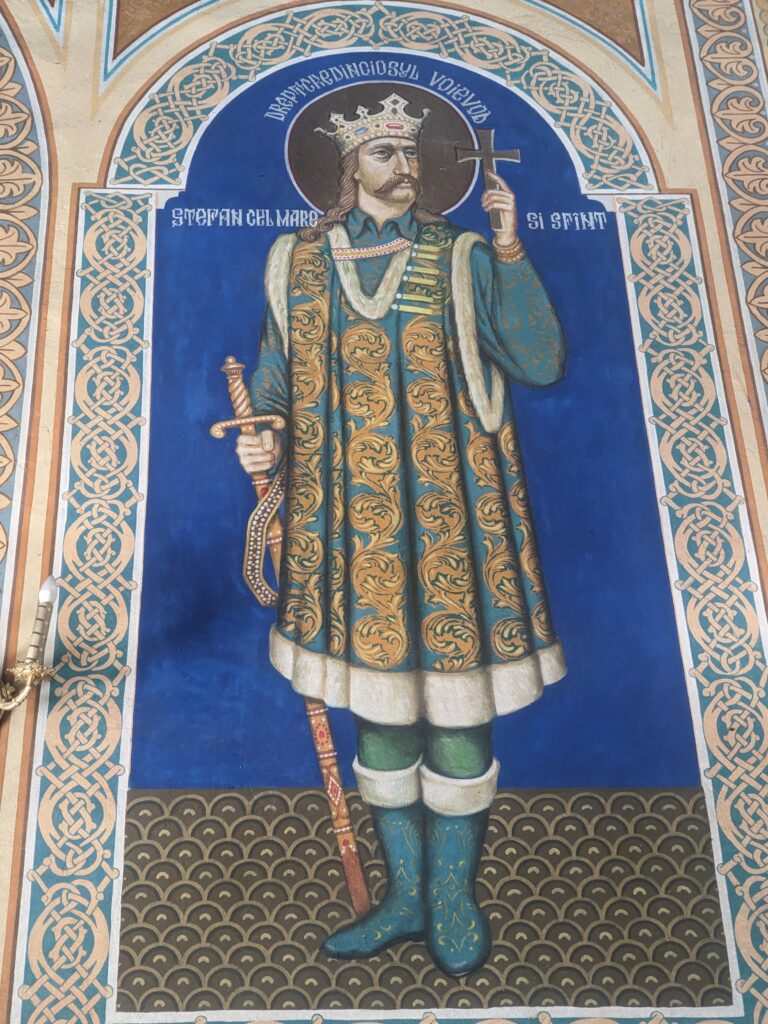
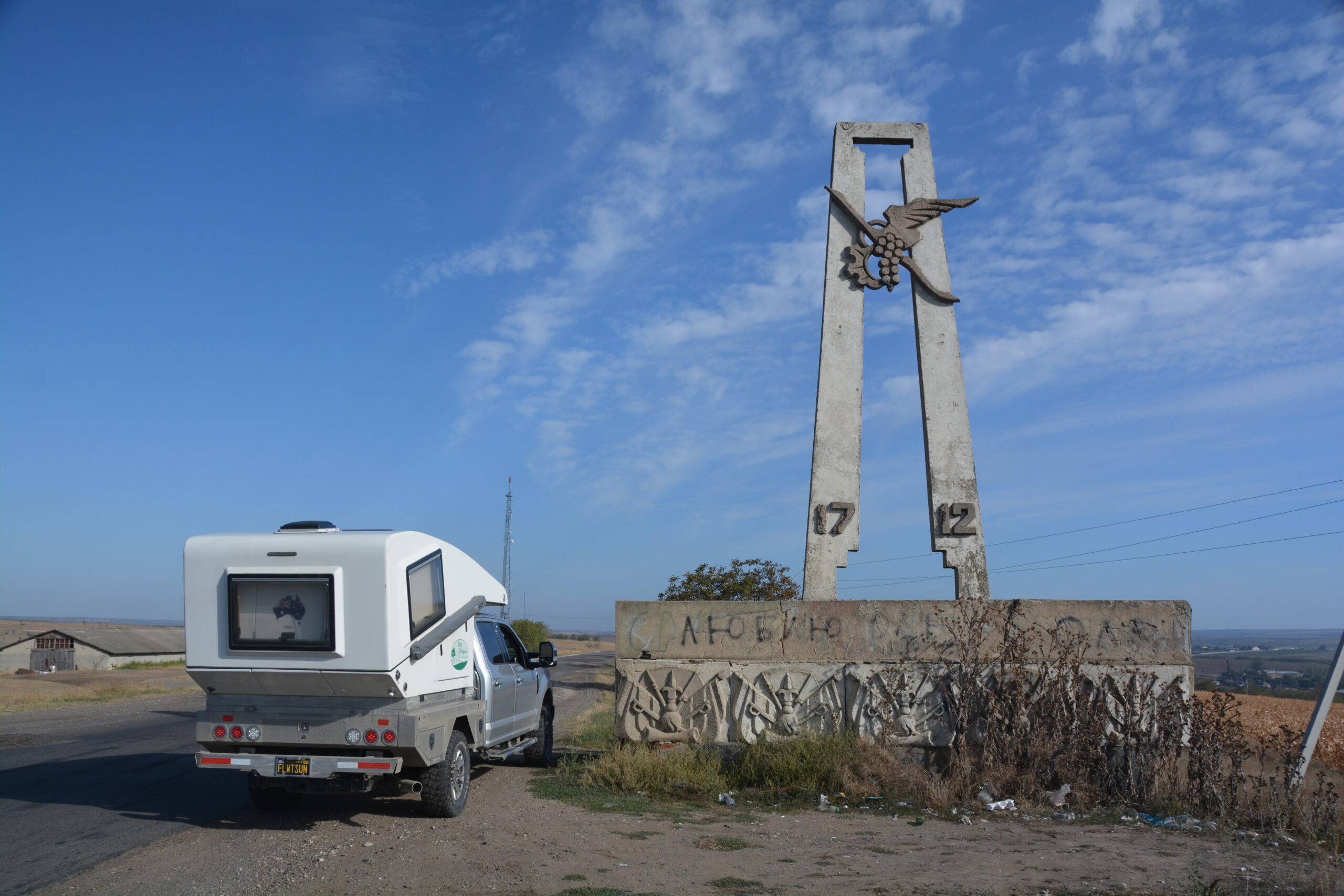
Comments
Moldova — No Comments
HTML tags allowed in your comment: <a href="" title=""> <abbr title=""> <acronym title=""> <b> <blockquote cite=""> <cite> <code> <del datetime=""> <em> <i> <q cite=""> <s> <strike> <strong>